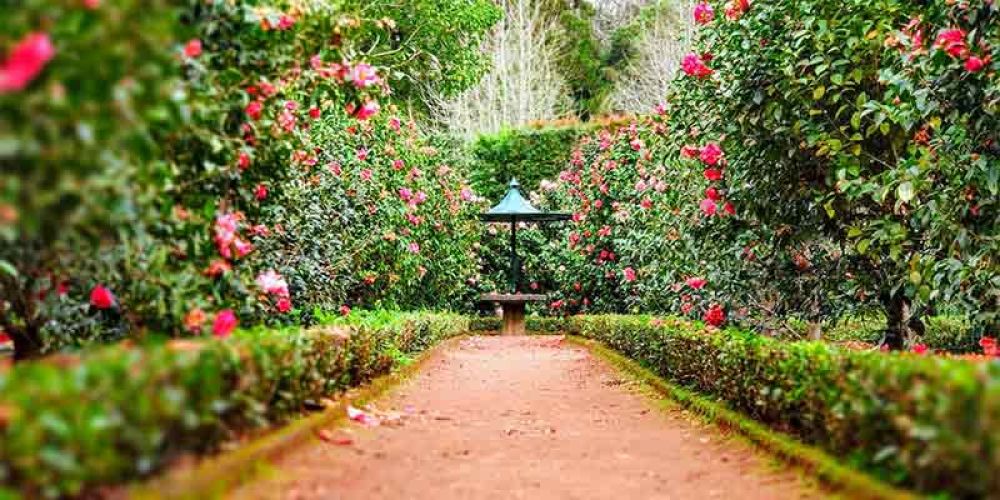

Lebanon, often hailed as the 'Switzerland of the Middle East', has a rich and diverse tourism industry that has evolved through the ages. Despite its small size, the country is packed with historical sites, natural beauty, and cultural experiences that attract travelers from around the globe.
The history of tourism in Lebanon dates back to the 19th century when intrepid travelers and scholars would visit to explore its ancient ruins and partake in its lush landscapes. With the advent of modern transportation, Beirut and other Lebanese cities burgeoned as cosmopolitan destinations in the mid-20th century. The 1960s and 1970s saw Lebanon's peak as a tourist destination, offering a vibrant nightlife, diverse cultural scene, and a gateway to the wonders of the Middle East.
However, tourism experienced a significant decline due to the civil war that lasted from 1975 to 1990. The post-war period has witnessed a gradual resurgence, with ongoing efforts to rebuild and promote Lebanon's tourism sector. Despite political and economic challenges, Lebanon continues to enchant visitors with its blend of history, hospitality, and natural splendor.
In recent years, Lebanon has been capitalizing on its rich culinary heritage, winemaking tradition, and a growing ecotourism movement. Culinary tours, wine tastings in the Bekaa Valley, and hikes in the beautiful mountains of Lebanon are among the latest trends luring tourists. There is also a growing emphasis on sustainable and responsible tourism practices, with many local businesses working to ensure minimal impact on the environment while providing a boost to the local economy.
Lebanon's diverse climate and fertile lands make it a haven for garden enthusiasts. The country's botanical gardens and private estates offer tranquil retreats from the bustling city life. For example, The Cedars of God in Bcharre is not just a UNESCO World Heritage site but also a place of serene beauty, with some trees that are thousands of years old. Additionally, the Beirut Botanic Garden is a modern oasis of greenery amidst the cityscape, showcasing a variety of plants and providing a peaceful escape for residents and travelers alike.
No visit to Lebanon is complete without experiencing the mesmerizing beauty of Jeita Grotto. Located 20 kilometers north of Beirut, this natural wonder includes two separate, but interconnected, limestone caves. The upper galleria is famed for its impressive stalactites and stalagmites, while the lower section boasts an underground river that visitors can explore by boat.
Discovered in the 1830s, Jeita Grotto has since become one of Lebanon's premier tourist attractions. The grotto's enchanting atmosphere and the substantial archaeological discoveries within its depths, such as flint tools and fossils, make it a treasure trove for both nature lovers and history buffs. Jeita Grotto was a top finalist for the New7Wonders of Nature and remains a prime example of Lebanon’s unyielding beauty and resilience.
Lebanon's enchanting gardens and stunning natural sites like Jeita Grotto continue to captivate the hearts of visitors. Their resilience and beauty stand as a testament to Lebanon's rich history and tourism potential. With Lebanon’s tourism industry moving towards sustainability, visitors have the opportunity to experience these wonders while contributing to the local economy and preservation efforts.